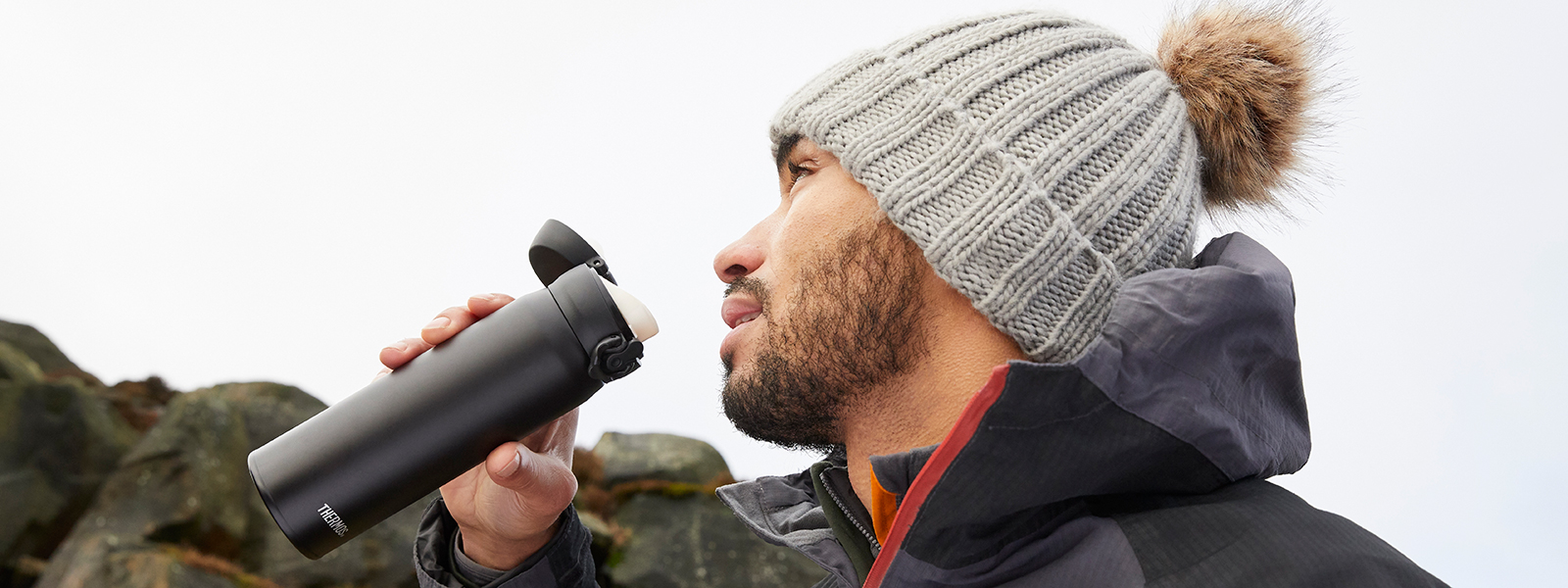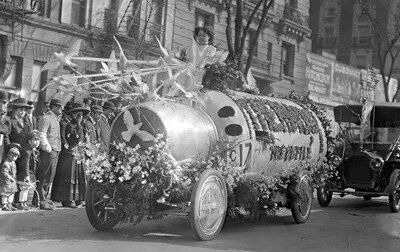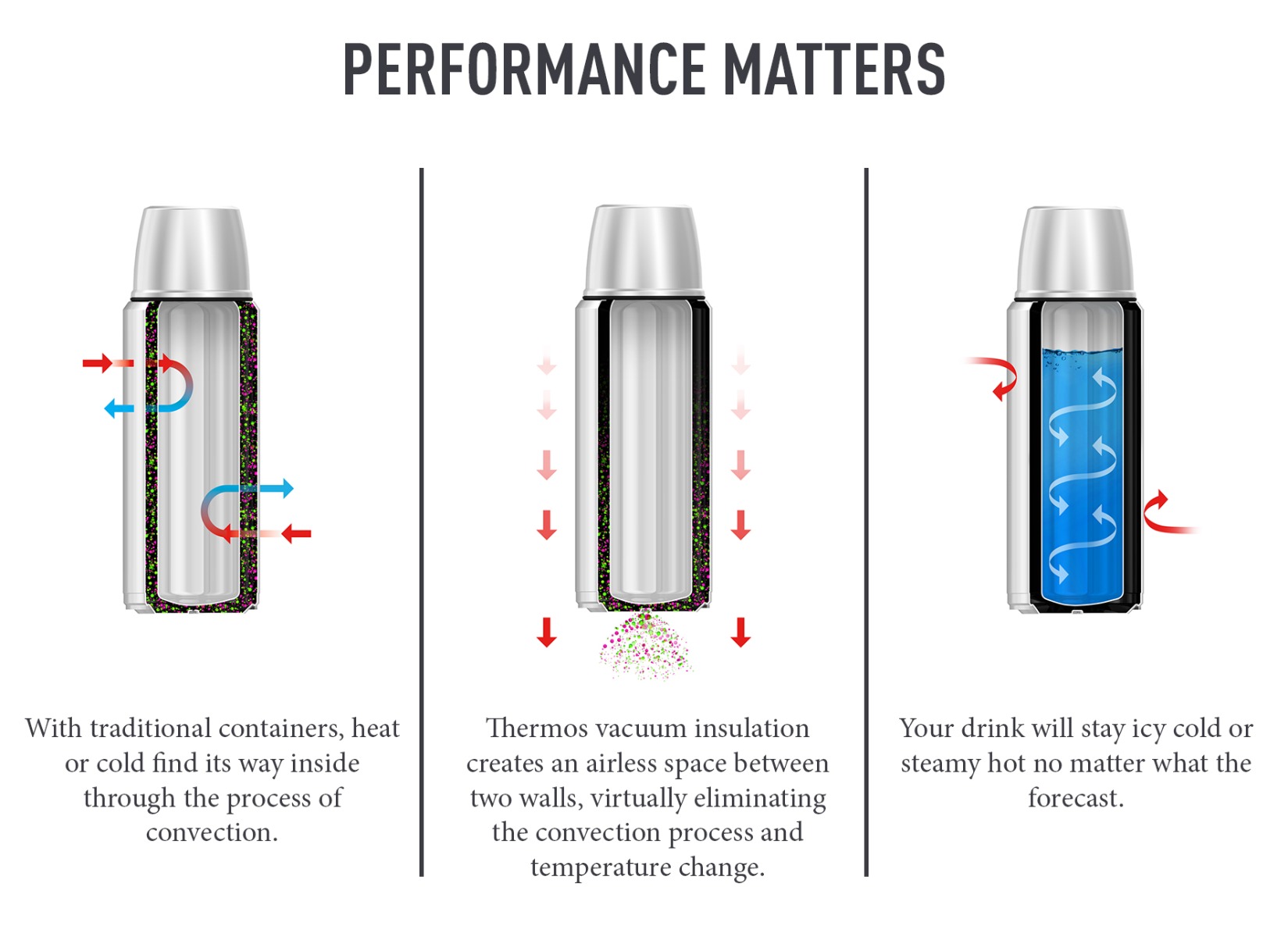
Is a vacuum flask good for my health?
When was the vacuum flask invented?

It all started in 1892 when Scottish scientist Sir James Dewar invented the vacuum flask through his work in cryogenics. It wasn’t until 1904 when realisation that this technology could be used commercially, that the Thermos® brand was born and we were the first company to develop consumer products using this vacuum insulation technology.
How does a vacuum flask work?

Thermos vacuum insulation creates an airless space between two walls, virtually eliminating the convection process and temperature change. This vacuum acts as an insulator, keeping heat from escaping or entering the flask meaning your drink or food will stay icy cold or steamy hot no matter what the forecast.
What are the benefits of using a stainless steel vacuum flask?
A stainless steel vacuum insulated flask has three purposes which are to maintain heat, cold, and freshness. However, it also has health, sustainability, environmental and other benefits:
- A flask made of stainless steel is light and strong while providing excellent insulation and being resistant to corrosion, extrusion, and heat.
- Food and drink temperatures can be maintained in a stainless steel vacuum flask for up to 24 hours. This means people can enjoy hot meals or beverages at various times and locations, enhancing people's quality of life.
- Because stainless steel is used as the primary component of the vacuum insulated flask, there will be no toxic byproducts or unpleasant aromas during usage.
- Many people are concerned about the safety of BPA, which is still found in some disposable and reusable plastic water bottles. While BPA-free plastic water bottles are an option, Thermos water bottles are a better option as they are free of harmful chemicals.
- Increasing the use of Thermos water bottles can significantly reduce the environmental pollution caused by the waste of disposable plastic containers and paper cups, as well as the consumption of natural resources like water, wood, and oil during the manufacture of these products.
- Nearly all plastic bottles leak other endocrine-disrupting chemicals after sitting for a long time or being exposed to heat.
- Thermos flasks keep mould and bacteria in check. Because Thermos flasks and water bottles are chemical-free, resistant to rust, corrosion, and staining, they don’t give room for mould and bacteria to hide.
- Passivation is another reason why stainless steel water bottles and flasks are better for the environment. As long as oxygen is not present, the Chromium in stainless steel can heal itself after being scratched or minorly damaged. This means you don’t have to throw away your water bottle if it gets damaged. It may be able to repair itself. Even if it isn’t completely healed, it may heal to the point where it is barely noticeable and doesn’t affect your ability to use the bottle.



